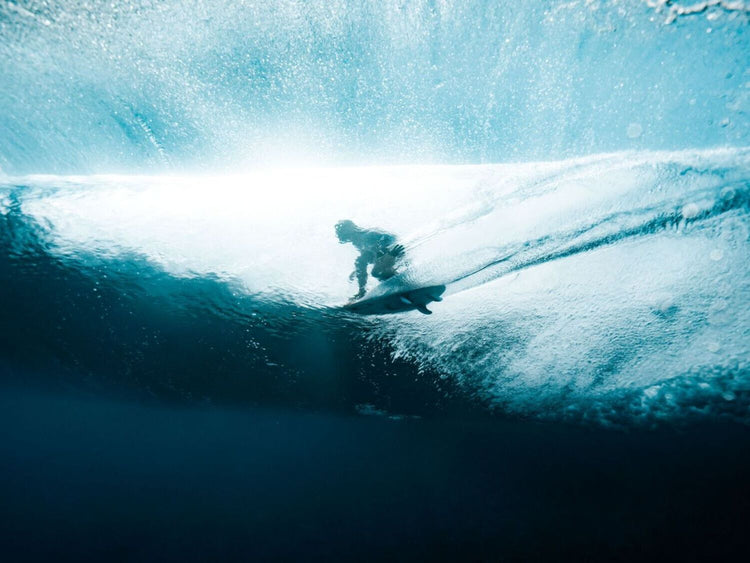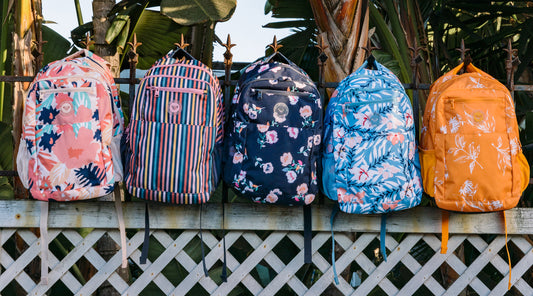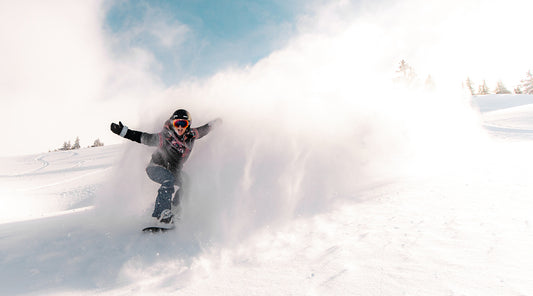Wetsuits are an amazing invention: essentially a second skin that traps a thin layer of warm water next to your body, modern neoprene technology lets surfers stay warmer and surf for longer, no matter how cold the water. But what’s the ideal shape and thickness of wetsuit for your local spot? In this guide, we’ll take you through everything you need to know about choosing the right wetsuit thickness for you.
Firstly, if you’re new to surfing and want to learn more about general wetsuit design, fit and construction, read our Expert Guide on How To Choose the Perfect Wetsuit first. In this article, we’ll go deeper into the various factors to take into account when choosing your wetsuit, based primarily on the water temperatures you’ll be using it in.
Neoprene Thickness
Wetsuit neoprene is a foamed synthetic rubber that gets its insulating properties from bubbles of gas trapped within the material, reducing its ability to conduct heat (and increasing buoyancy). The general rule of thumb is, the thicker the neoprene, the better it insulates, but the less it stretches: finding the right balance between insulation and stretch is key to maximising your comfort and performance in the water. Generally speaking, neoprene thickness for surfing ranges from between 1-2mm for tops and summer suits, to 6mm for frigid water temperatures.
Other Factors
Besides neoprene thickness, there are several other factors influencing how warm you feel on any given day in the water.
Wetsuit Construction
This varies hugely, and the different types of seam, entry system, furnace lining and neck, wrist and ankle seals on offer can make a big difference to your wetsuit’s warmth. For more information on water sealing construction methods, see our Expert Guide on Wetsuit Technology.
Climate
In addition to water temperature, other climate factors like air temperature, sun and wind chill can make a significant difference to how warm a wetsuit feels. Use your spot’s average seasonal water temperature as a starting point, then look at the typical climate factors to get a better idea of whether the wetsuit you’re considering is going to be warm enough.
Activity
Something to consider is how active you are as a surfer:
- If your spot has a lot of currents that keep you paddling constantly
- If you're constantly chasing waves or wait for sets to come in
- If you ride a shortboard and spend more time immersed in the water
- If you ride a longboard or SUP and spend less time immersed in the water
- If you're a bodysurfer and are fully immersed for the duration of the session
Greater immersion in the water can mean more flushing and leaking of cold water into the suit, meaning a thicker, warmer suit may be required. Meanwhile, less immersion combined with warmer air temperatures could mean a thinner, more flexible suit may be feasible.
Sensitivity
Then, of course, there’s the simple fact of individual temperature sensitivity, and how much you feel the cold.
Accessories
As the water gets colder, adding neoprene accessories like booties, hoods and even gloves can make a big difference to your overall warmth and comfort in the water. Ultimately, this comes down to individual preference - while some surfers like to wear all the accessories together with a thinner, more flexible wetsuit, others prefer to opt for no accessories and a thicker, warmer wetsuit.
Why Do Most Wetsuits Use Different Thicknesses of Neoprene?
On most full suit/steamer wetsuits, you’ll see more than one thickness listed: the standard measurements being 3/2mm, 4/3mm, 5/4/3mm, and 6/5/4mm. The warmest/thickest material is used around the torso, where warmth is critical. Thinner material is used around the legs and arms, where freedom of movement is critical. In cold water suits, the thinnest neoprene is used, to maximize paddling mobility.
Wetsuit Thickness Guide

1-2mm Wetsuits
- Water Temperature Range: 18-23°C
- Season/Type of Use: Summer/Lightweight Protection
Thin, light and stretchy, 1-2mm neoprene protects you from UV rays and provides a little extra warmth in water temperatures of 17°C and above. Designed for warmer water and summer conditions, 1-2mm neoprene is usually used for spring suit/shortys, Long and Short Janes, and neoprene tops and bottoms. With its extra warmth, buoyancy and protection from the sun (and Jellyfish), this thickness brings lots of benefits to your summer surfing, with zero compromise on paddling performance and mobility.
3/2mm Wetsuits
- Water Temperature Range: 13-18°C
- Season/Type of Use: Spring, Autumn/Light to Medium Warmth
Designed for mid-season conditions with moderate warmth and high levels of flexibility, the 3/2 is a fullsuit/steamer wetsuit with 3mm neoprene around the torso
4/3mm Wetsuits
- Water Temperature Range: 9-14°C
- Season/Type of Use: Autumn to Spring/Medium to High Warmth
Ideal for cool and colder water temperatures, the 4/3 is a fullsuit/steamer wetsuit with 4mm neoprene around the torso and 3mm neoprene around the arms and legs. This is a popular choice for winter surfing in moderate climates and is often paired with a hood and booties for the optimum trade-off between warmth and flexibility at the lower end of the temperature range.
5/4/3mm Wetsuits
- Water Temperature Range: 8-12°C
- Season/Type of Use: Winter/High Warmth
Ideal for winter surfing and cold water temperatures. The 5/4/3 is a fullsuit/steamer wetsuit with 5mm neoprene around the torso, 4mm neoprene around the legs and 3mm neoprene around the arms. This is a popular choice for winter surfing in cool climates and is usually paired with a 5mm hood, glove and booties for optimum insulation and reasonable levels of flexibility.
6/5/4mm Wetsuits
- Water Temperature Range: Below 8°C
- Season/Type of Use: Winter/Very High Warmth
Designed for surfing in the coldest water temperatures. The 6/5/4 is a fullsuit/steamer wetsuit with 6mm neoprene around the torso, 5mm neoprene around the legs and 4mm neoprene around the arms. This is the warmest choice for winter surfing in cold climates and is always paired with a 5-7mm hood, glove and booties combination for maximum insulation while maintaining basic freedom of movement for paddling and surfing.



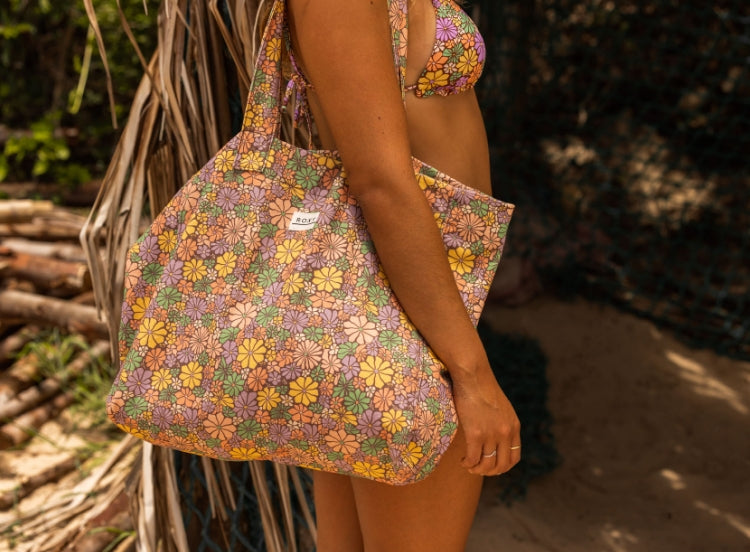
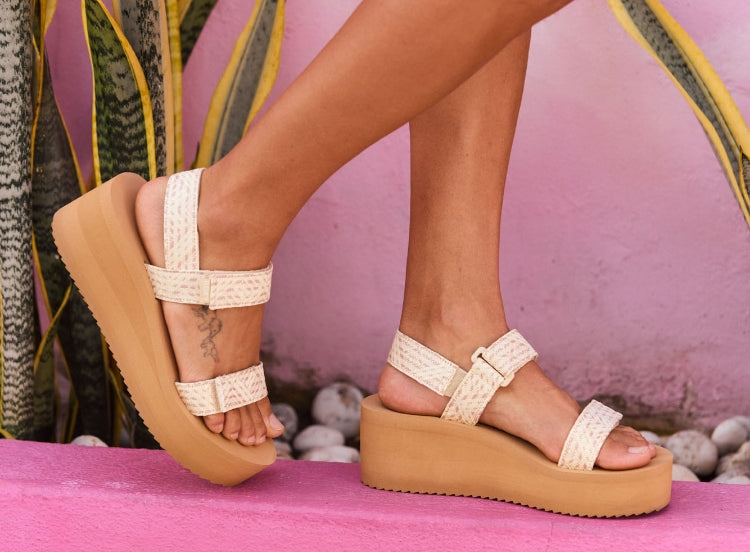




 {{ Geo.current_site.flag_label }}
{{ Geo.current_site.flag_label }}
 {{ Geo.target_site.flag_label }}
{{ Geo.target_site.flag_label }}
